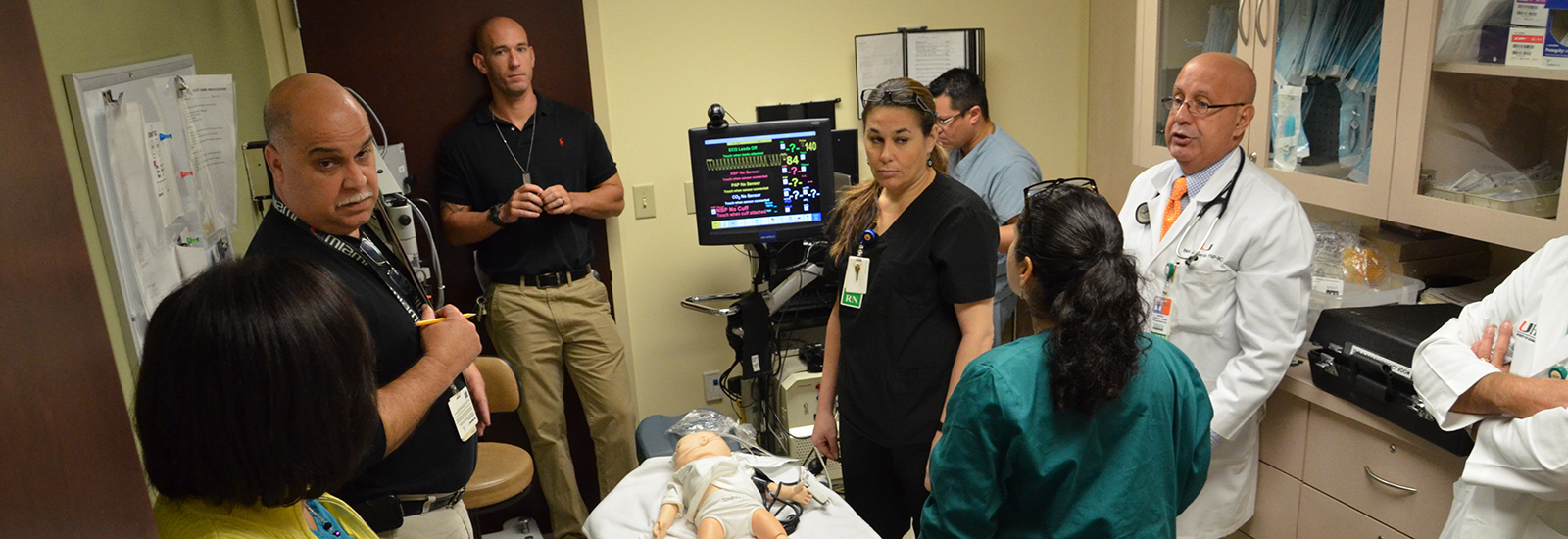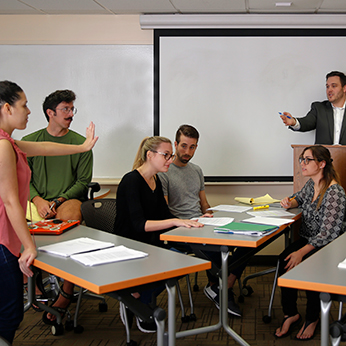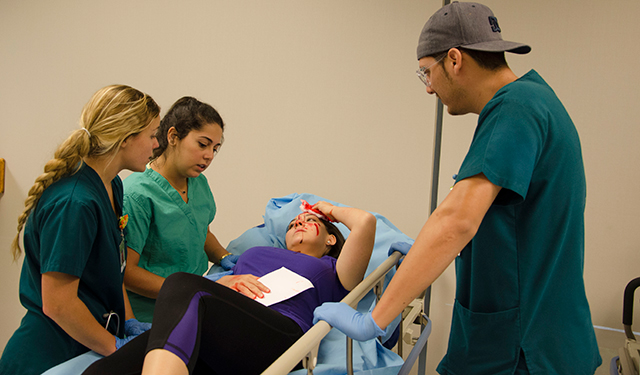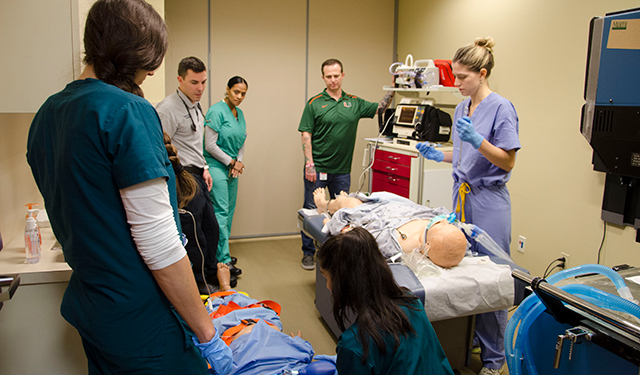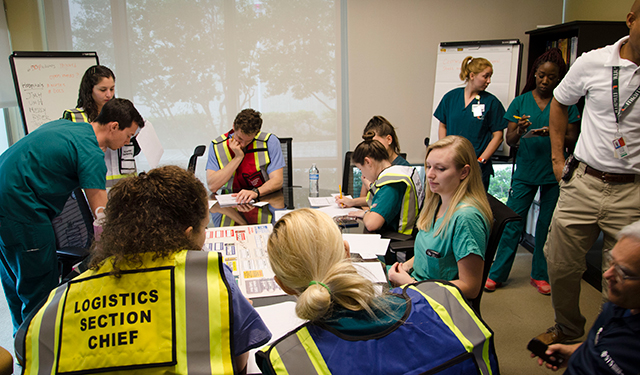For nearly five decades, the Gordon Center has been instrumental in simulation exercises for nursing and medical students, physicians, physician assistants, nurses, paramedics, firefighters and instructors worldwide. In a 34,000-square-foot state-of-the-art facility, the renowned center has developed educational systems and training curricula that are used globally, and it has capabilities for simulation, computer design engineering, production and manufacturing. The Gordon Center is equipped with a high-tech auditorium, self-learning laboratory, standardized patient training area, a rescue vehicle, a car for extrication of trauma victims, disaster response decontamination showers and a mock emergency department.
But what the center is arguably most well-known for is Harvey. Harvey is the world’s first cardiopulmonary patient simulator, introduced in 1968 by Michael S. Gordon, the namesake, founder and director emeritus of the center. The award-winning Harvey simulates nearly every cardiac disease and activity, including blood pressure, breathing, pulses, heart sounds and murmurs, as well as lung disease.
A native of Chicago, Gordon planned to become a research biochemist and earned his doctorate before training with renowned cardiologist Proctor Harvey, M.D., his mentor and the “godfather” of the patient simulator. Gordon had been with the UM faculty since 1966, until his sudden passing in July 2017.
Gordon’s first cardiology patients included several airline pilots who had perfected their piloting skills on flight simulators. Recognizing that simulators could also help medical students improve their bedside cardiac examination skills, Gordon built his first version of Harvey in 1968. To collaborate with him on the development of the Harvey curriculum and computer-based training programs, he formed a worldwide consortium of physicians, nurses, engineers, and educators known as the M.I.A.M.I. (Miami International Alliance for Medical-Education Innovation) Group.
In 1978, with the advent of the Laserdisc, capable of playing high-quality audio and video, Gordon and his colleagues designed a case-based program for each heart disease — complete with full-color video clips of actual catheterizations and surgeries — for students to use on their own or in small groups.
In the 1980s, Gordon went on to develop a computer-based learning system, now called UMedic, which provides web-based training for cardiology, neurology and emergency medicine skills worldwide, and is another keystone of the Gordon Center. Always seeking better ways to provide cardiology care, Gordon worked with Miami Fire Rescue Chief Carlos Gimenez (now Miami-Dade mayor) in the early 1990s to change the training for first responders.
“Before then, paramedics were taught to ‘scoop and run,’ taking a patient to the emergency department, where doctors could initiate treatment,” he said. “We changed that model, and developed a life-saving protocol for handling heart attacks and other medical emergencies on the spot.”
That initiative grew to become the Gordon Center’s Emergency Medical Skills Training Programs, which now reach professionals in 600 Florida agencies, as well as 800-plus in other states and international locations. In these training programs, paramedics diagnose problems using actors to play the role of patients.
The center has also been designated as the lead training center for the Florida Department of Health’s Emergency Response to Terrorism training program, and trains U.S. Army Forward Surgical Trauma Teams before their front-line deployments.
“By better training those who serve and protect our citizens and our country, we have been able to contribute to a major reduction in mortality,” said Gordon, adding that medical personnel trained at the Gordon Center and who lost their lives in combat are honored on the center’s Wall of Heroes.
Through the years, both Gordon and the center have received numerous awards for innovation in medical education, weaving the latest technology into medical and health care simulations.



